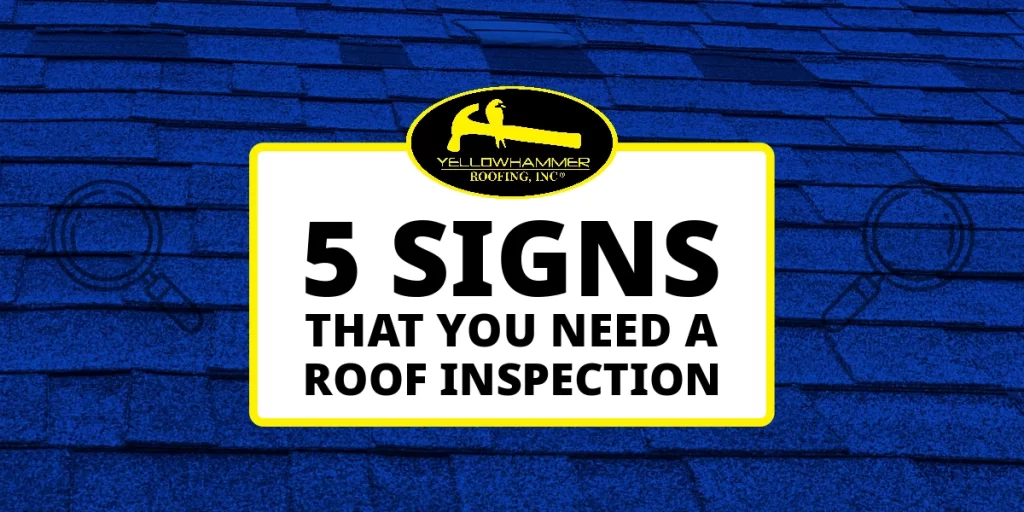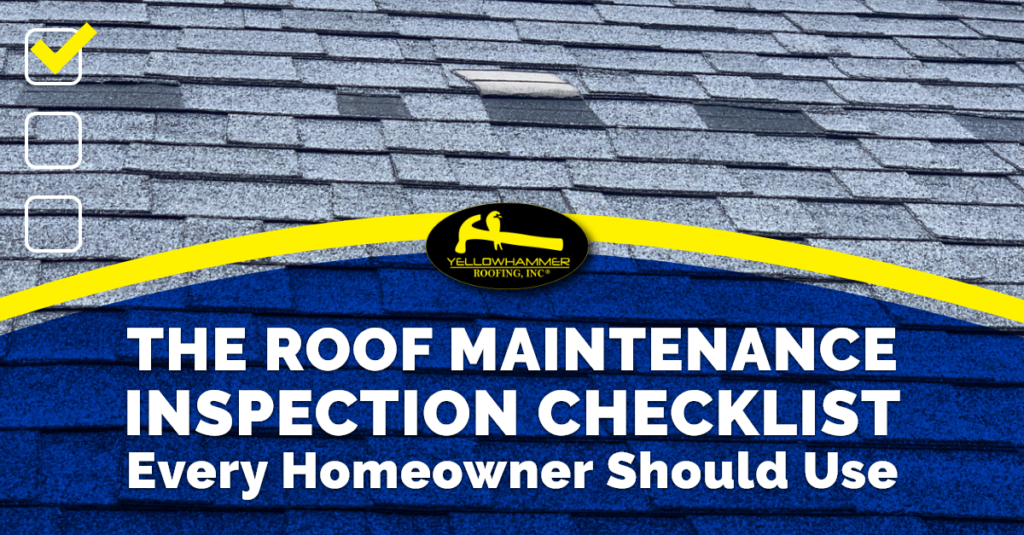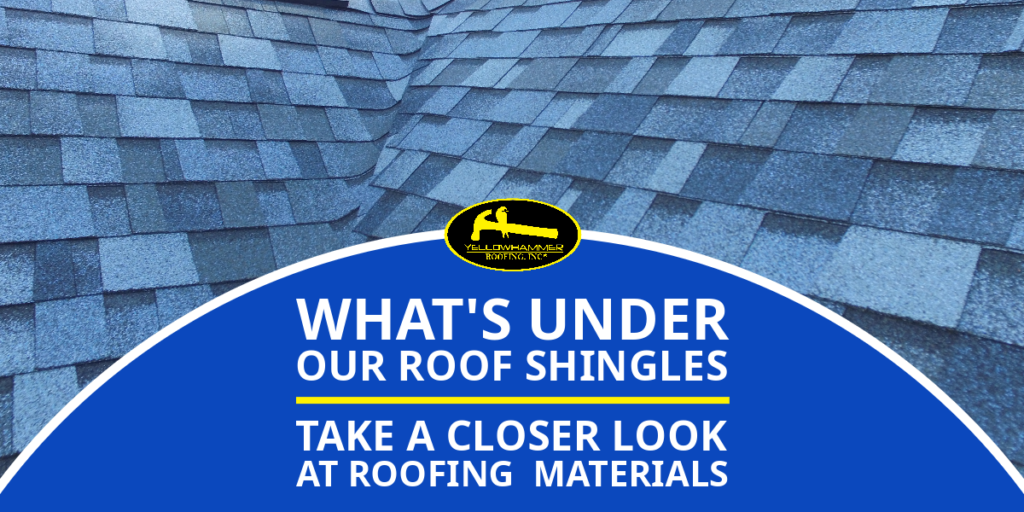Mud, asbestos, and old newspapers have been used through the centuries as insulation. We do not recommend any of those Old World solutions when considering new attic insulation for your Birmingham-area home. But we can advise you on cost-effective mixing of old and new insulation to gain energy efficiency and lower cooling bills.
Can You Mix Attic Insulation?
A question like, “Can you mix attic insulation?” is a bit like asking, “Can you drink a gallon of milk?” You can (just barely), but why would you want to? With attic insulation, the Why? may be far more important than the Can.
Why would you mix insulation types? Suppose your existing attic insulation does not even rise to the level of your joists (horizontal framing members; your attic floor and living space ceiling). You need a lot more insulation! Should you remove what is there? No. That would waste time and money. If the current insulation is dry, in good form, and not degraded (rotted, damp, insect-eaten, or flattened), it is still insulating. You can add to it.
If you have attic insulation which tops the joists, congratulations! You have the bare minimum, but it still may not be enough. You may have Sneaky Leaks:
- Gaps around chimneys
- Gaps at the roof’s lower edge, near the eaves
- Spots where workers have pulled away insulation from the attic floor to add lighting fixtures, ceiling fans, vents, or other accessories
Those leaky spots are costing you money on heating and air conditioning. Treated, humidified, cooled or heated air leaks up from your living space into the attic. Those leaks are all excellent reasons why you may need to supplement insulation.
Leave the original material in place, add spray foam, blown insulation such as AttiCat® Insulation from Owens Corning, or unbacked batts on rolls.
Mixed Up
In theory, mixing insulation types does not hurt your Alabama or Tennessee home. In theory. The best way to ensure a mix of old and new insulation helps instead of hurts is to partner with a reliable, local insulation contractor.
Most homeowners prefer not to spend time in their attics, and nobody can blame them. Even if early morning temperatures are bearable, the space is dusty, crowded, and usually poorly lit. You may not be able to see problems with your existing insulation the trained eye of an insulation installer can see:
- Signs of rodents nesting
- Insect infestation
- Mold or mildew growth
- Moisture or saturated insulation
- Compression, sagging, or settling over time
- Torn, gapped, or missing insulation
With problems like this, adding new insulation is not advisable. Your insulation contractor should remove the old material needs and install modern, hygienic insulation.
Good Thing?
Attic insulation easily falls into the “too much of a good thing” category. Do-it-yourselfers (DIY) tend to over-do the “doing” part of DIY. The theory is if 4 inches of fluffy attic insulation is good, then 14 inches must be fantastic.
So you are off to a big-box home improvement store, buying up rolls and loose fill and spray cans of foam. Then back home, put on a flannel shirt (fiberglass insulation is very itchy), and into the attic with it all. In no time you have heaped and unrolled and sprayed your attic so it is one giant pink mass of fluff. Great idea?
It’s not. Here’s why. Adding too much insulation can cut down air flow in your attic. Your home must breathe to stay healthy. Your attic’s air should match outside air, not the living space air. This means temperatures and humidity in the attic should be roughly what you feel sitting on your front porch.
Too much insulation can stifle air flow up from soffit vents. It can prevent smooth laminar air flow up to ridge vents. It is also an unnecessary expense which adds nothing to your home’s value.
The return on investment (ROI) of attic insulation reaches a tipping point in our area when you have a total of R60 attic insulation, according to the federal Energy Star program. More than that, it is money down the drain. Or into the attic. You get the idea.
Best Mix
The best mix of old and new insulation comes from working with your local, reliable insulation installer. Your contractor’s knowledge in measuring and assessing your attic is vital data needed to decide if the old insulation can be saved, what type of new insulation provides the best ROI, and where the new insulation should go.
The end result is a cozier, cooler home and a happier family. And the cost savings help, too!
Yellowhammer Roofing also performs expert insulation installation! Contact us today so we can help you protect your Birmingham home, your attic, and your roof (yes, your roof — the underside of your roof is your attic’s ceiling!).






